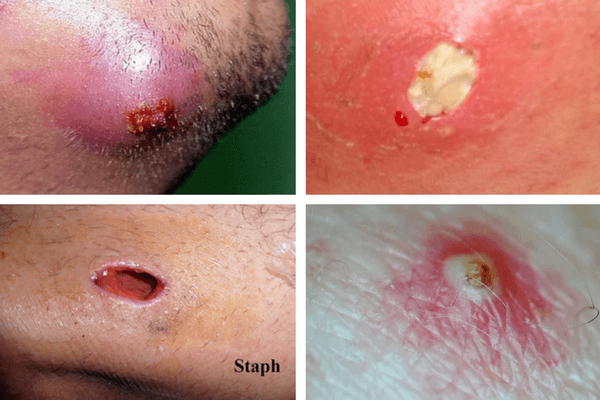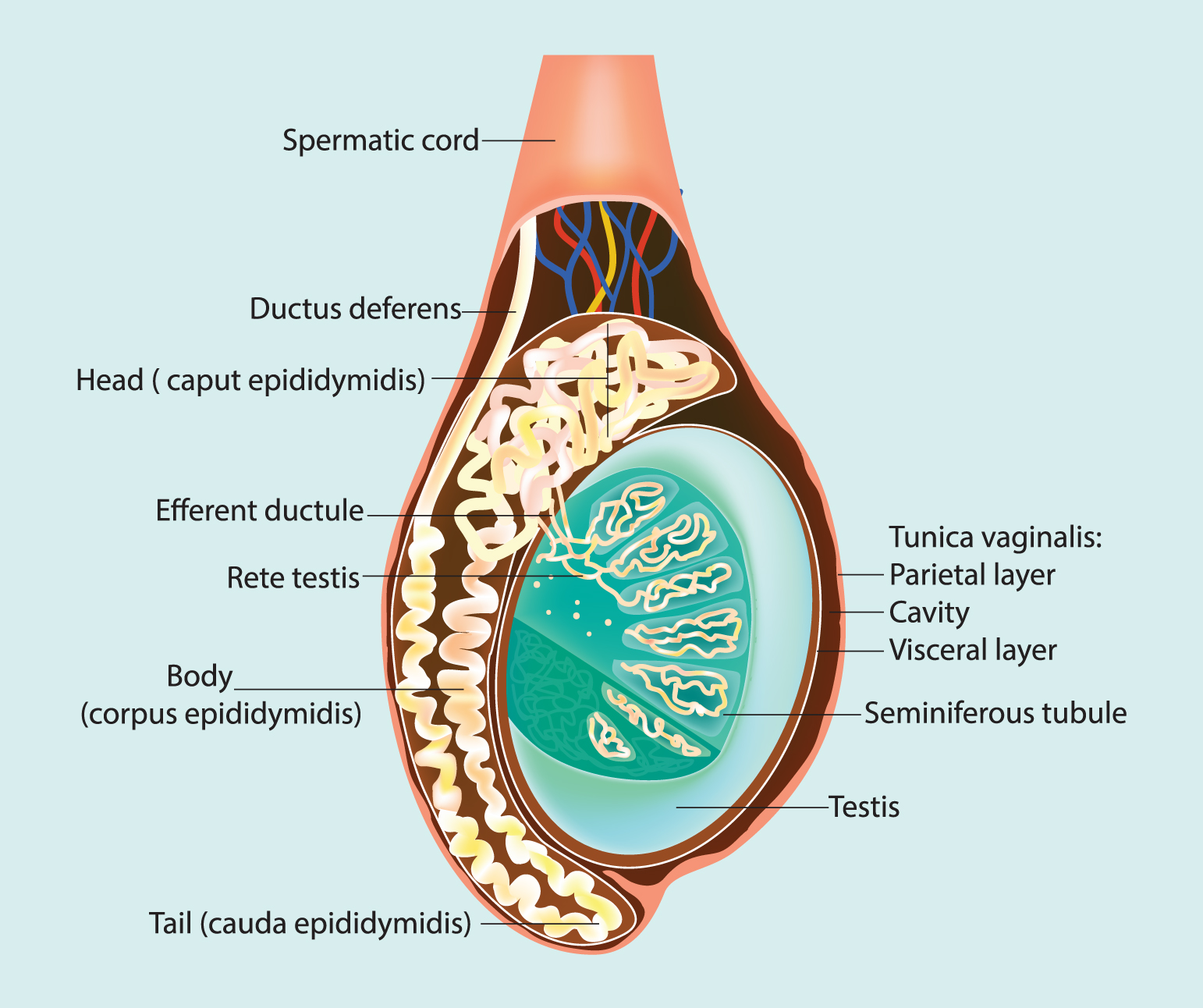Table Of Content

Below we have provided a list of possible causes of ingrown hair on scrotum. Some symptoms that accompany a scrotum pimple may be a sign of a more serious condition, such as an STI, skin condition, or other underlying condition. Pimples are often caused by irritation or infection in follicles or pores, but can also be a symptom of an STI caused by bacteria or a virus. You can also try other hair removal methods that are less likely to lead to ingrown hairs. Those include creams that dissolve hair and a laser or electric current (electrolysis) to remove the hair follicle for good. Some doctors believe that ingrown hairs also cause pilonidal cysts.
Apply a Warm Compress
It usually creates a red spot that can cause itching or discomfort. Many of the issues revolve around folliculitis, which is inflamed hair follicles. STIs and fungi (such as the case of jock itch) can also cause white spots. Herpes is a viral infection caused by the herpes simplex virus. Blisters, which look like white or red bumps, are a common symptom. If infection occurs, it can produce bacteria-filled pus that makes spots of irritation look white.
What are the causes and treatment for a pimple on the scrotum?
Sometimes, these common bumps can be difficult to distinguish, even by trained medical professionals. They may use one or more medical tests to make a diagnosis. Likewise, genital warts may disappear on their own in a few days or weeks. Some people experience frequent herpes outbreaks and others may only have a few every year.
When should a person contact a doctor?
A dermatologist may recommend draining the fluid from the cyst by making a small incision. Sometimes, a doctor uses a small needle or blade to free the ingrown hair. Sometimes, skin cells and a fibrous substance called keratin, a protein in hair and nails, collect within the lump. Ingrown hairs tend to develop in areas of hair removal, including the pubic area.
Ingrown hairs can occur anywhere you have pores, including your scrotum. Learn about the causes of ingrown hairs on the scrotum, how to treat and the best prevention methods. One ingrown hair may form a cyst — a red, yellow, or whitish lump beneath the skin. If a person develops an infection, they should contact a healthcare professional for treatment.

They may remain longer if your immune system is compromised, or if you pass the infection back and forth with multiple sexual partners. Treatment is usually not recommended unless you want them removed. Folliculitis can usually be treated with OTC antibacterial or antifungal cream, such as Neosporin or Terrasil. Jock itch can also be caused by a fungal overgrowth around your genitals from poor hygiene or obesity.
People should not try to pop pimples, as this can lead to scarring. Skin cysts are not usually dangerous, and may go away on their own within 7–10 days. Over time, a bump, usually just one, may get bigger and form a cyst. Wearing clean underwear and showering every day can help to stop pimples from developing. Taking a shower after exercise or sweating a lot can help to prevent sweat clogging pores, which can lead to pimples.
What are the treatment options?
There are several different treatments available to manage ingrown hairs on the scrotum. Retinoid and steroid creams can also potentially help reduce ingrown hairs on the scrotum. However, given the sensitive area that you’d be applying them to, these are best used under a doctor’s guidance. If you use a men’s face scrub as part of your regular routine, then you probably already know the vast benefits of exfoliation.
'Ball Ironing,' a Cosmetic Procedure for Men - The Cut
'Ball Ironing,' a Cosmetic Procedure for Men.
Posted: Mon, 10 Jun 2013 07:00:00 GMT [source]
Tweezing and Waxing
Deep folliculitis affects more of the follicle or even all of it. Folliculitis is often caused when hair follicles are infected with bacteria, commonly Staphylococcus aureus (staph). It may also be caused by viruses, fungi, parasites, medications or physical injury.
White spots are also a common symptom of certain sexually transmitted infections (STIs). Typically, new hair grows straight out of the follicles in the skin. As the hair matures, it exits the skin’s surface and continues to grow. But sometimes, the hair grows crooked or curls back under before it has a chance to exit the skin. Besides this, dead skin may clog, or coarse hair may even push back inside, causing ingrown hair on the thigh area and the groin, forming large cysts. Men with curly facial hair are more prone to ingrown beard hair.

Ingrown hair bumps are caused as a result of curly hair removal from the face, neck or legs. However, keep in mind that an ingrown hair is a very common cause for bumps in your genital area. Your doctor may do a full STI-screening test to rule out other possible causes. If these results come back negative, your doctor may look for other possible explanations.
Possible treatments and preventive tips include good hygiene practices, applying a cool flannel, and wearing loose clothing. People with especially curly or coarse hair are at the highest risk of developing ingrown hairs. Moreover, pubic hair tends to be coarse and curly for most people, which can make removing it tricky. These kinds of hairs can grow in different directions and easily curl under to grow back into the skin. An infected ingrown hair — also known as folliculitis — typically looks like a bump, a hard lump, or a cyst under the skin.
If the skin around the ingrown hair gets infected, it is better to get an ingrown hair remedy. Your doctor might want you to opt for ingrown hair removal or provide you with some ingrown hair solution without removing it. Sometimes, the hair under the skin may develop on its own due to excessive pressure from your underwear or clothing. Pubic areas are one of the most vulnerable areas for ingrown hair.
Never dig into your skin with tweezers to grab the hair. If bacteria, fungi, or other pathogens enter the skin, an infection can develop, known as folliculitis. If you face such a condition, read to find out everything about ingrown hair and how to get rid of it. A benign condition, yet cosmetically disfiguring, this condition is most common in youths undergoing puberty and adults with curly hair.
Many people also experience red itchy bumps, pimples and even acne when they forcefully try to get rid of the ingrown hair. An ingrown hair will likely disappear on its own within several days or a week. Gently wash the area during your showers to help remove dead skin cells, and the hair may be able to push through the skin.

No comments:
Post a Comment